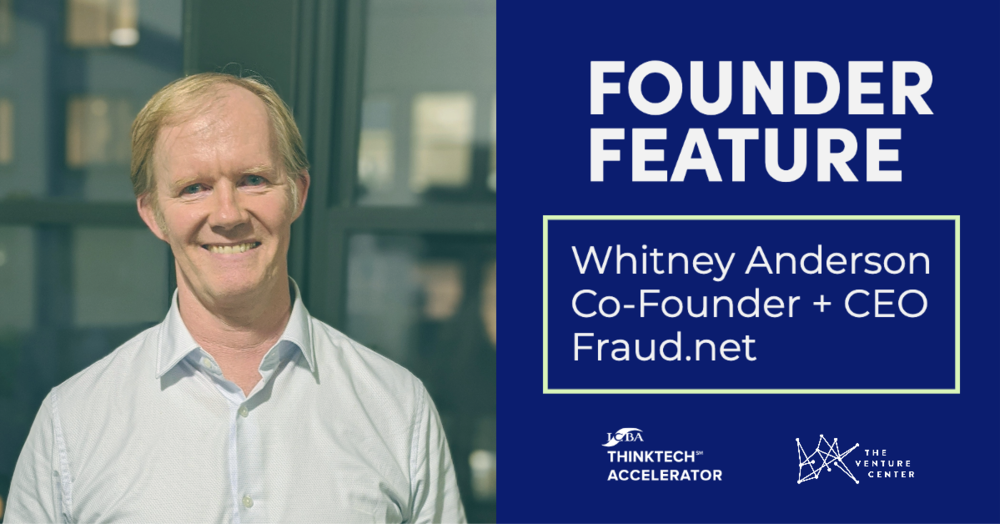
What gave you the idea for Fraud.net?
Between my co-founder and myself, we have over 25 years of banking, technology and fraud experience.
We’ve run several early digital companies and experienced significant payment fraud first-hand. We tried all the solutions that the fraud prevention industry had to offer but couldn’t move the needle on our fraud rates.
We set up a mini-consortium of financial services companies and digital merchants and began sharing fraud data, which immediately eliminated the majority of our fraud losses. It turned out that it was the same groups that were defrauding one digital organization, eventually getting cut off, at which point they would simply move to the next organization and repeat the process.
We started Fraud.net as a mechanism to share fraud data and, although we’ve added deep learning, augmented intelligence and other high-tech strategies on top, that collaboration remains the core of everything we do.
What problem is Fraud.net solving?
In short, we isolate fraudulent activity so that our banking clients can provide their customers with a better experience, improve business processes and provide greater clarity throughout their organizations.
What exactly does Fraud.net do and how does it work?
Fraud.net is a complete fraud prevention platform, enabling financial institutions to focus their resources on their core competencies rather than building and maintaining their own fraud prevention program. The fraud prevention game is ever-changing and requires constant attention and highly agile strategies and systems.
Banks and Fraud.net communicate through several simple REST APIs, requiring about a day for the technical integration. After that, transactions and new accounts can be heavily enriched and risk-assessed in real time. Alternatively, if banks simply want to tap into the consortium data, or use any one of the other 50 individual modules like email verification or identity reputation, they can do that as well.
How can you help community banks with their customers?
Community banks, perhaps more than any other sector, should collaborate with one another to ensure that they are as protected against fraud and leveraging enterprise analytics as much as the money-center banks. This collective intelligence strategy is a high cost-effective means of making that happen. In turn, they can pass on the benefits of that intelligence to their customers in the form of a frictionless, real-time digital user experience.
What is the biggest hurdle you faced when founding Fraud.net?
We spent the first three years of our existence as a company focused almost exclusively on building and refining a platform capable of supporting the largest of enterprises. The process of battle-testing the platform against actual, extremely well-funded, highly capable professional fraudsters has been and remains our greatest challenge.
Who is your favorite entrepreneur, and who inspires you the most?
I greatly admire Charles Feeney, who was recently unmasked as the anonymous donor of $350 million to Cornell (my alma mater) to construct a new tech center in New York City. He was immensely successful as the founder of the Duty Free Shoppers Group (a new and innovative distribution model at the time), then selling it to LVMH for $2.5 billion. Even more impressive than his business success has been his selfless devotion to charity and philanthropy, giving away more than $8 billion, while continuing to live frugally, renting a modest apartment and flying coach.
What is one piece of advice you’d tell a young entrepreneur?
Start testing your product or service in the wild as early as you can. Real life usage is rarely exactly what you expect. It’s much easier if you begin experimenting early to make sure you’re building your company to solve an actual use case rather than what you believe the solution might be in the lab.
What is one of the most interesting things that’s happened on your entrepreneurial journey?
We designed our platform to be highly modular, capable of identifying and preventing most types of external fraud threats (3rd party fraud). The more we worked with large organizations, the more aware of how important other fraud typologies were. We had to adapt our platform to identify 1st party fraud (committed by your customers) and insider fraud (commited or facilitated by your employees). Overall those two latter types of fraud account for the majority of losses and exposure at a typical large organization.
